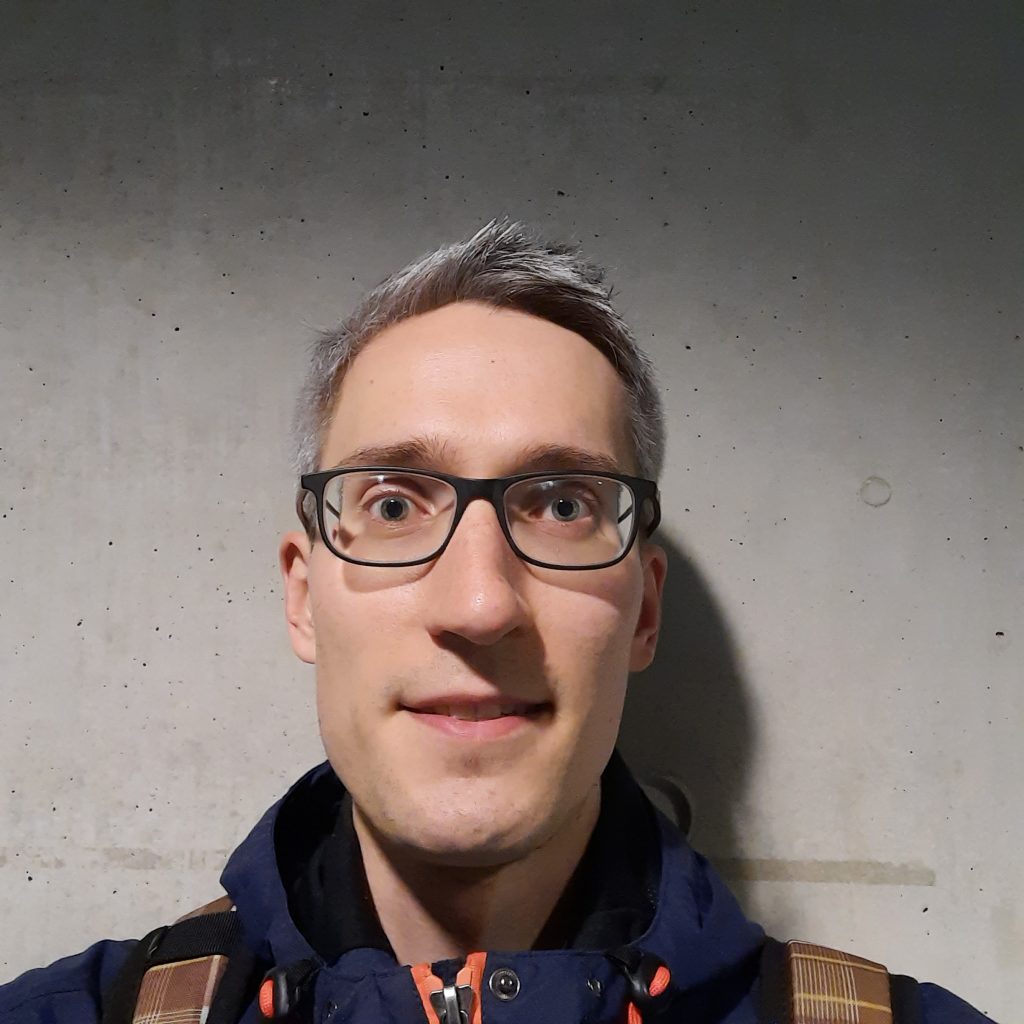Alexander Gräwe
Project title: Development of a virus biosensor platform based on multivalent biomolecular nanoswitches
Host Institution: Eindhoven University of Technology (TU/e)
Host Supervisor: Prof. Maarten Merkx
Co-host Institution: École Polytechnique Fédérale de Lausanne (EPFL)
Co-host Supervisor: Prof. Bruno Correia
Summary project: The SARS-CoV-2 pandemic has shown that testing for virus infections is key to fight uncontrolled virus spreading. Existing biosensing technologies are still limited in terms of speed and sensitivity, and say nothing about how infectious the tested individual actually is. Therefore, the aim of this project is to directly detect intact virus particles in solution with high sensitivity, allowing to diagnose a person’s infectivity at the point-of-care. To do so, we will employ a new class of modular protein nanoswitches that use multivalent interactions to recognize and bind tightly to unique molecular patterns at the virus surface. Upon binding, the switches will produce a bioluminescent signal that is easily detectable.
The main objectives of the project are 1) engineering and construction of these multivalent switches, 2) determining the linker effects on conformational switching and 3) direct detection of relevant infectious viruses such as Influenza A. Sophisticated linker screening technologies will be used to arrive at optimal switch architectures. State-of-the-art bioluminescent reporter and antibody technologies (Merkx group, TU/e) will be combined with designed epitopes and virus handling expertise (Correia group, EPFL), allowing straightforward characterization of the switch performance. In addition to yielding new nanoswitches that allow highly sensitive, 1-step viral detection directly in solution, the fundamental insights gained in multivalent molecular interactions with viral surfaces may also help in the development of novel vaccines and virus neutralisation efforts. Such reliable and easy-to-use molecular devices will prove useful to discriminate closely related virus sub-strains and, more generally, as a countermeasure for future pandemics.

Email: a.w.j.grawe@tue.nl






